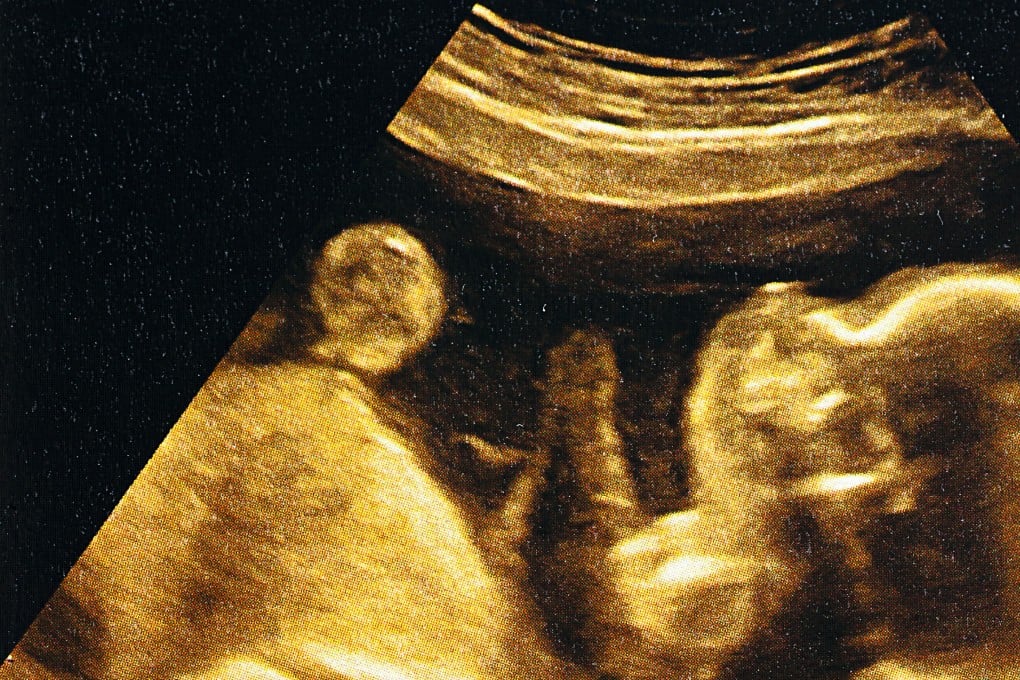Polygenic risk scores: lowering a child’s odds of disease, or a slippery slope to designer babies?
- DNA testing labs score embryos on polygenic risk – the likelihood of getting major diseases like cancer or diabetes. Some parents go further. Ethicists worry

Simone Collins knew she was pregnant the moment she answered the phone. She was on her sixth round of in vitro fertilisation (IVF) treatments and had grown used to staffers at a Main Line Fertility clinic in the United States starting this kind of call with the words “Oh, hi, Simone,” in a subdued tone, voices brimming with sympathy.
This time, though, on Valentine’s Day, the woman on the other end belted out a cheery “Oh, hi, Simone!”
Embryo 3, the fertilised egg that Collins and her husband, Malcolm, had picked, could soon be their daughter – a little girl with, according to their tests, an unusually good chance of avoiding heart disease, cancer, diabetes and schizophrenia.

It’s a new twist on the industry-standard testing known as preimplantation genetic testing, which for decades has checked embryos for rare diseases, such as cystic fibrosis, that are caused by a single gene.
One challenge with leading killers like cancer and heart disease is that they are usually polygenic: linked to many genes with complex interactions. Patients such as Collins can now take tests that assess thousands of DNA data points to decode these complexities and compute the disease risks.